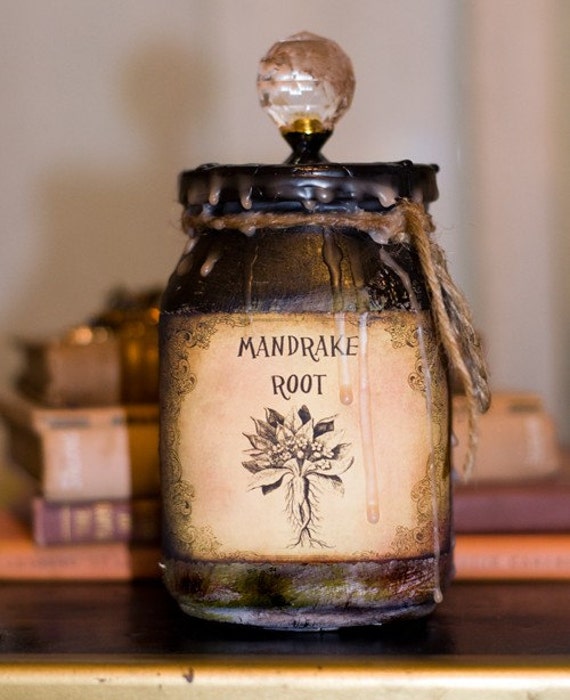


Leah gives away the plants to her barren sister, but soon after this (Genesis 30:14–22), Leah, who had previously had four sons but had been infertile for a long while, became pregnant once more and in time gave birth to two more sons, Issachar and Zebulun, and a daughter, Dinah. The trade offered by Rachel is for Leah to spend that night in Jacob's bed in exchange for Leah's דודאים. Rachel, Jacob's infertile second wife and Leah's sister, is desirous of the דודאים and barters with Leah for them. In Genesis 30:14, Reuben, the eldest son of Jacob and Leah, finds mandrakes in a field. Others follow the example of the Luther Bible and provide a more literal translation. A number of later translations into different languages follow Septuagint (and Vulgate) and use mandrake as the plant as the proper meaning in both the Book of Genesis 30:14–16 and Song of Songs 7:12-13. The Septuagint translates דודאים as μανδραγόρας ( mandragóras), and the Vulgate follows the Septuagint. Two references to דודאים (duda'im, plural singular דודא duda)-literally meaning "love plants"-occur in the Jewish scriptures.

The ancient Greeks burned mandrake as incense. This folklore reference is integrated into part of the portrayal of the fictional mandrake seen in Harry Potter and the Chamber of Secrets (film) (Warner Bros., 2002). Therefore, in the past, people have tied the roots to the bodies of animals and then used these animals to pull the roots from the soil. In one superstition, people who pull up this root will be condemned to hell, and the mandrake root would scream and cry as it was pulled from the ground, killing anyone who heard it. In the past, mandrake was often made into amulets which were believed to bring good fortune, cure sterility, etc. etc., from Italy and England, dated to ca. 16r from University of Pennsylvania LJS 46: Herbal. When taken internally in large doses it was said to excite delirium and madness. It was used internally to treat melancholy, convulsions, and mania. In the past, juice from the finely grated root was applied externally to relieve rheumatic pains. In sufficient quantities, it induces a state of unconsciousness and was used as an anaesthetic for surgery in ancient times. Hyperactivity and hallucinations occurred in the majority of patients. Clinical reports of the effects of consumption of Mediterranean mandrake include severe symptoms similar to those of atropine poisoning, including blurred vision, dilation of the pupils ( mydriasis), dryness of the mouth, difficulty in urinating, dizziness, headache, vomiting, blushing and a rapid heart rate ( tachycardia). The alkaloid concentration varies between plant samples. Ingesting mandrake root is likely to have other adverse effects such as vomiting and diarrhea.

Anticholinergic properties can lead to asphyxiation. The alkaloids make the plant, in particular the root and leaves, poisonous, via anticholinergic, hallucinogenic, and hypnotic effects. Īll species of Mandragora contain highly biologically active alkaloids, tropane alkaloids in particular. The English name of the plant derives from Latin mandragora through French main-de-gloire. īecause mandrakes contain deliriant hallucinogenic tropane alkaloids and the shape of their roots often resembles human figures, they have been associated with magic rituals throughout history, including present day contemporary pagan traditions such as Wicca and Odinism. They are usually either elliptical in shape or wider towards the end (obovate), with varying degrees of hairiness. The leaves are borne in a basal rosette, and are variable in size and shape, with a maximum length of 45 cm (18 in). They are highly variable perennial herbaceous plants with long thick roots (often branched) and almost no stem. They have been placed in different species by different authors. Mediterranean mandrakes are perennial herbaceous plants with ovate leaves arranged in a rosette, a thick upright root, often branched, and bell-shaped flowers followed by yellow or orange berries. The plants from which the root is obtained are also called "mandrakes". A mandrake root, resembling a human form ( Science Museum, London)Ī mandrake is the root of a plant, historically derived either from plants of the genus Mandragora found in the Mediterranean region, or from other species, such as Bryonia alba, the English mandrake, which have similar properties.


 0 kommentar(er)
0 kommentar(er)
